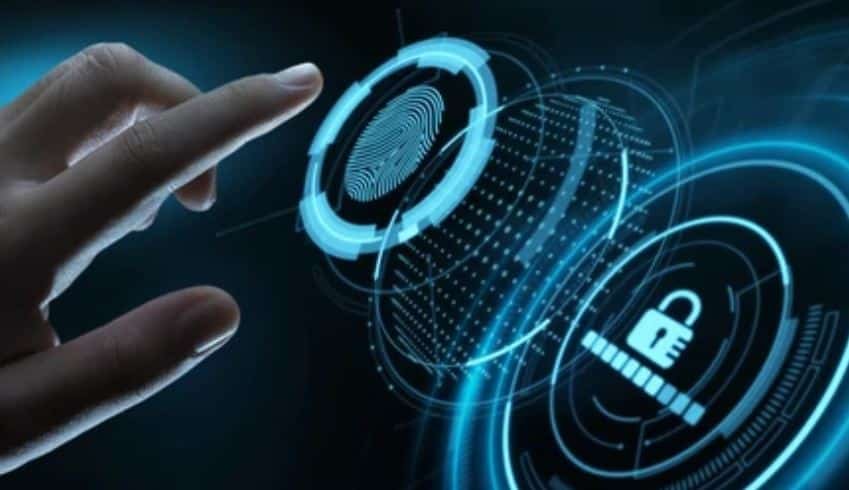Tech
Four Advantages & Disadvantages of Biometric Verification

Biometrics have increasingly replaced traditional security systems. Industries across the globe are embracing biometric solutions. Government agencies and financial institutions are among many beneficiaries of biometric authentication systems. Moreover, service providers like Spectrum internet use biometric tools to protect data.
There are many verification tools when it comes to biometrics. Facial recognition and thumbprint scanning are common examples. While the advantages of biometric authentication are tremendous, it poses some concerns as well. But before we explore them, let’s take a refresher on biometric authentication.
What Is Biometric Authentication System?
Biometrics is the science of measuring biological and physical traits. The word biometrics is a combination of biology and metrics. Organizations use biometrics to verify user identity. It is an advanced identity verification process.
Biometric tools analyze a person’s physiological and behavioral traits. The data collected is then compared with previously stored information. Eye pattern, face shape, and palm geometry are examples of physiological biometrics.
Advantages of a Biometric Authentication System?
Biometric authentication offers multiple advantages to users. It is used in a variety of digital applications and industries. Here are several advantages of biometrics:
Security
Modern biometric authentication systems provide increased levels of security and assurance. Every user has unique physiological and behavioral traits. Biometric tools analyze these traits to create a unique biometric for every person. Biometric solutions are highly technical and offer greater security to organizations and businesses.
It is worth mentioning here that biometrics are nearly impossible to hack. Computer criminals often have a hard time hacking an iris scan. This is because the information stored in the database can only be accessed by the provider, that is, a living person. Moreover, biometric solutions are more reliable than passwords.
Convenience
Biometric authentication is extremely fast and convenient from a user’s point of view. Accessing an ATM through a thumb impression only takes seconds. In contrast, entering a pin or password is a time
consuming process. Moreover, people can forget robust passwords. When it comes to advanced identity verification, you won’t need to remember your biometric profile. Technology will do the job for you.
Non-replicability
It is almost impossible to replicate or transfer biometric profiles. You are more likely to win a lottery than get your biometric ID stolen by a hacker. Furthermore, biometric verification receives authorization from biometric inputs. That means only you can access your biometric profile.
Accountability
Traditional identity verification methods pose a great risk due to their limitations. Anybody with access to your security number or password can hack into your accounts. Biometric verification prevents such instances from happening. Biometric solutions require direct interactions to pass the authorization process. This is why hackers often have a hard time cracking fingerprints and facial patterns.
Disadvantages of a Biometric Authentication System
Despite their numerous advantages, biometric applications also have a few cons. Organizations have to pay high costs in addition to facing other technical issues. Here are several disadvantages of biometric authentication system:
High Costs
Adopting advanced tech can be costly. The same could be said for biometric verification. Many are reluctant to adopt and implement biometrics due to high costs. Transitioning to sophisticated tech will require companies to upgrade their existing infrastructure. Moreover, implementing biometric authentication can be equally expensive if not less.
Inaccuracy
Biometric verification can be inaccurate. Most biometric solutions verify user identity using partial information. For example, you will get your entire fingerprint scanned during the enrollment phase. However, a verification tool will only scan parts of your fingerprint in the future to provide quick access. A New York University research team created a scanning device to partially scan fingerprints. Their success rate was 20%.
Discrimination
Providers can face difficulties while verifying user identity during the enrollment process. Companies that lack proper IT infrastructure cannot get accurate results. A proven identity verification solution is crucial to eliminating demographic bias. Implementing an advanced IT infrastructure can expand the range of digital services.
Privacy
Biometrics can inhibit user privacy. Today, users face privacy risks due to increased levels of surveillance. Government agencies and organizations use advanced tools to track citizens. The increased reliance on biometrics can expose user information to rogue elements. Tracking by nefarious actors puts user privacy at a greater risk.
Read more: 7 Cyber Security Threats To Be Aware Of In 2021
-

 Entertainment2 months ago
Entertainment2 months agoBflix.gg Not Working? Here’s Where You Can Stream Free Now
-

 Fashion2 months ago
Fashion2 months agoVintage Styles Making a Comeback: Trends You Should Know
-

 Tech1 month ago
Tech1 month agoLatest Durostech Updates: Key Highlights
-

 Entertainment2 months ago
Entertainment2 months agoIs Shannon Reardon the Same as Swanick? Here’s What We Know






